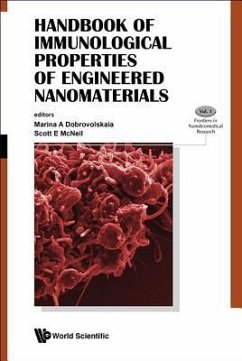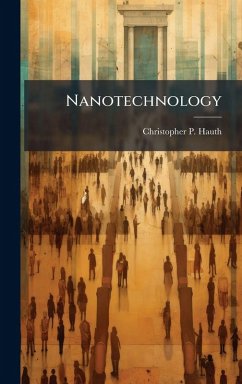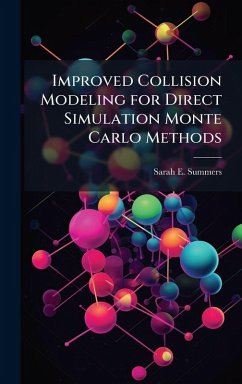
Providing a Theoretical Basis for Nanotoxicity Risk Analysis Departing From Traditional Physiologically-Based Pharmacokinetic Modeling
Versandkostenfrei!
Versandfertig in über 4 Wochen
30,99 €
inkl. MwSt.
Weitere Ausgaben:

PAYBACK Punkte
15 °P sammeln!
Novel properties of engineered nanoparticles that make them attractive may also present unique exposure risks. The traditional physiologically-based pharmacokinetic (PBPK) modeling assumption of instantaneous equilibration likely does not apply to nanoparticles. This simulation-based research begins with development of a model that includes di usion, active transport, and carrier mediated transport. Eigenvalue analysis was used to examine model behavior to focus future research. Results show that cellular transport processes greatly a ect biokinetics of nanoparticles. The new paradigm establis...
Novel properties of engineered nanoparticles that make them attractive may also present unique exposure risks. The traditional physiologically-based pharmacokinetic (PBPK) modeling assumption of instantaneous equilibration likely does not apply to nanoparticles. This simulation-based research begins with development of a model that includes di usion, active transport, and carrier mediated transport. Eigenvalue analysis was used to examine model behavior to focus future research. Results show that cellular transport processes greatly a ect biokinetics of nanoparticles. The new paradigm established by this research leverages traditional in vitro, in vivo, and PBPK modeling, but includes area under the curve to bridge animal testing results to humans. This allows assessment of risk and assists in setting appropriate exposure limits. The model provides critical understanding of nanoparticle biokinetics and allows estimation of total exposure. This e ort highlights future research needs and demonstrates how modeling can be used as a tool to advance nanoparticle risk assessment. This work has been selected by scholars as being culturally important, and is part of the knowledge base of civilization as we know it. This work was reproduced from the original artifact, and remains as true to the original work as possible. Therefore, you will see the original copyright references, library stamps (as most of these works have been housed in our most important libraries around the world), and other notations in the work. This work is in the public domain in the United States of America, and possibly other nations. Within the United States, you may freely copy and distribute this work, as no entity (individual or corporate) has a copyright on the body of the work. As a reproduction of a historical artifact, this work may contain missing or blurred pages, poor pictures, errant marks, etc. Scholars believe, and we concur, that this work is important enough to be preserved, reproduced, and made generally available to the public. We appreciate your support of the preservation process, and thank you for being an important part of keeping this knowledge alive and relevant.












